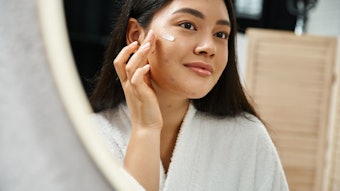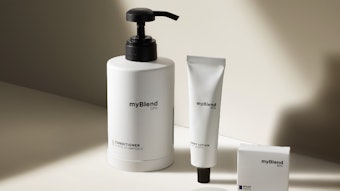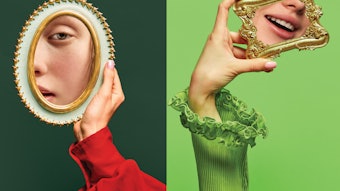
When most people think about the color red, they are usually alarmed. Rightfully so, as red is the color of stop lights, your teacher’s grading pen, the devil, fire engines, spicy food and more. In the spa and professional skin care industry, of course, red is usually associated with inflamed or irritated skin—that, or a very angry client. Skin care practitioners are often alarmed at the sign of red and immediately try to soothe and calm the skin (or calm down that hot client). Before doing so, however, it is imperative that they research the root of that redness.

This issue of Skin Inc. has a theme—red—and it touches different associations of the word. On Page 30, Mark Lees discusses the topic of reactive skin, which he defines as skin that “gets red or breaks out easily.” Skin can react from allergies, genetic sensitivity, acne, rosacea, ingredient sensitivity or irritation. Lees explains how to analyze the reactive skin to effectively calm it down.
When underlying redness is present, and it appears that allergies, acne and product irritation are not to blame, many skin care professionals automatically assume rosacea is the answer. According to Susanne Schmaling on Page 44, that might not be the full story. Schmaling notes that redness in the skin can often be a vascular lesion, and knowing the differences between these lesions is vital. She gives skin care professionals six tactics that they can use to address skin with vascular lesions, knowing that vascular issues originate in the dermis.
Of course, red doesn’t always have to mean danger, as it is also the color of love, Netflix, Elmo, my favorite cake and a particularly beneficial set of light wavelengths. On page 50, Amy Gardner discusses the benefits of LED light for pain and overall wellness. Red LED (particularly infrared, deep infrared, light red and dark red LED) is able to stimulate ATP in cells, increase circulation and release nitric oxide from cells, allowing it to promote pain management and overall wellness.
Of course, it is December, with the most prominent example of red being holiday merriment draped everywhere it will stick. Whatever your holiday practices, I wish you and yours the very best this season.
Yours in education,

Katie Anderson
Managing Editor











